The word wallpaper is a misnomer, and fools people into thinking all wallpaper is made entirely from paper. You may be surprised to learn that the vast majority are not.
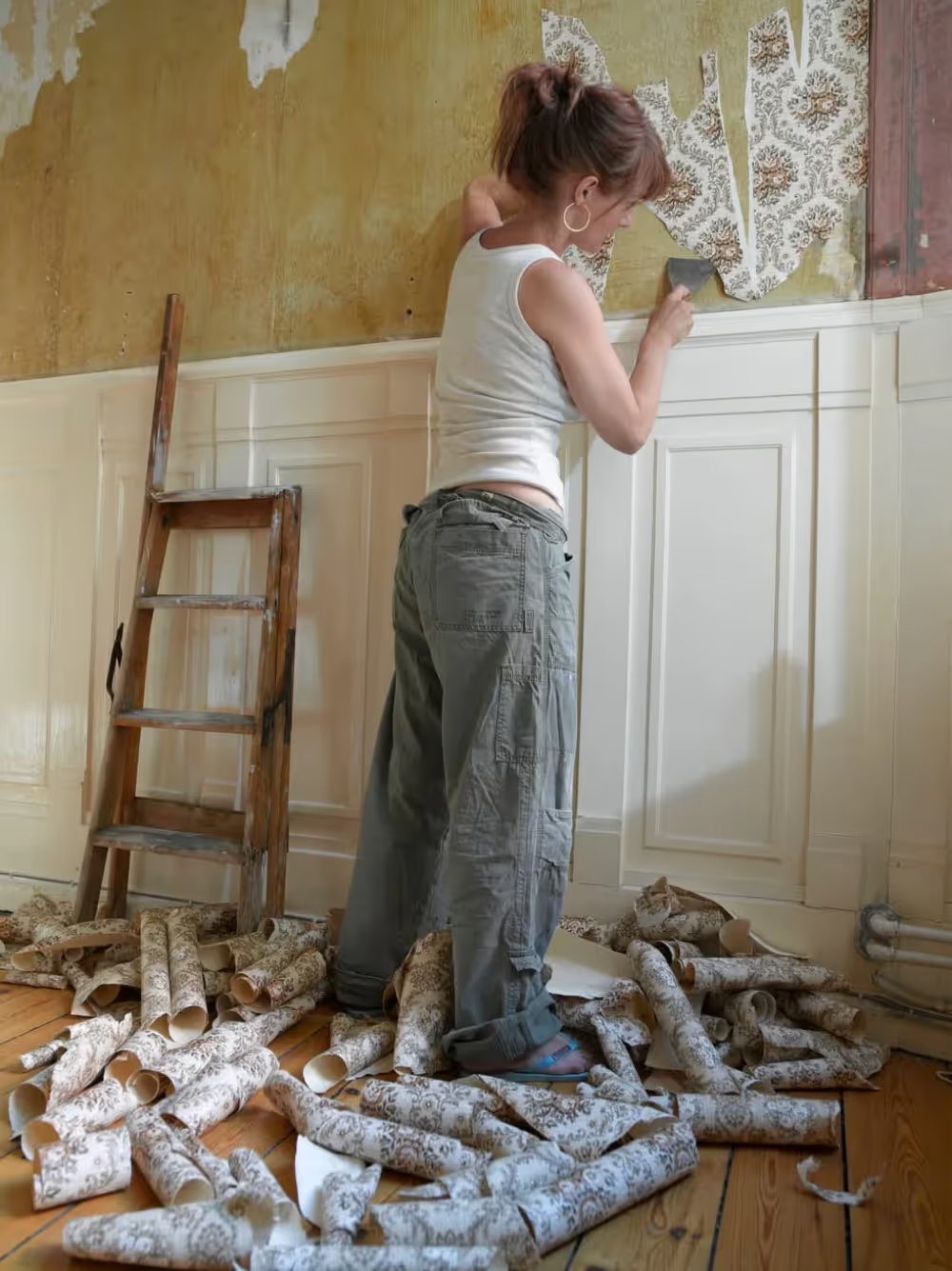
CREDIT: Andor Willow
The popularity of DIY has skyrocketed since the 1970-80s, and wallcovering manufacturers have been trying to find ways to make hanging wallpaper easier for the homeowner to do themselves.
Unfortunately, this now means that the vast majority of wallpapers available these days are 'paste-the-wall' (also known as ‘non-woven’). Whilst easy to hang, they consist of a mix of synthetic and natural fibres which are combined with binders and then reinforced with acrylates.
Think of it like those teabags which don't breakdown in your compost bin. This is because of the plastic content in the teabag. Non-woven wallpapers are similar and will not biodegrade.
It's fine when it's on your wall, but not when you come to redecorate and try to responsibly dispose of it. It cannot be recycled, and therefore can only go in your general waste bin, which ultimately ends up in landfill.
However there are plenty of eco-friendly alternatives. There are wallpapers that are actually made from 100% paper, printed with eco-friendly inks.
Or there are grasscloths wallcoverings which are made using plant fibres. Even cork has been turned into a wallcovering.
Given the vast choice of wallpapers on the market, which ones are eco-friendly? Basically anything that has an entirely natural content is fine.
Not always, but a starting point is to check whether the wallcovering is paste-the-wall or paste-the-paper. Paste-the-wall must be avoided, due to the plastic content.
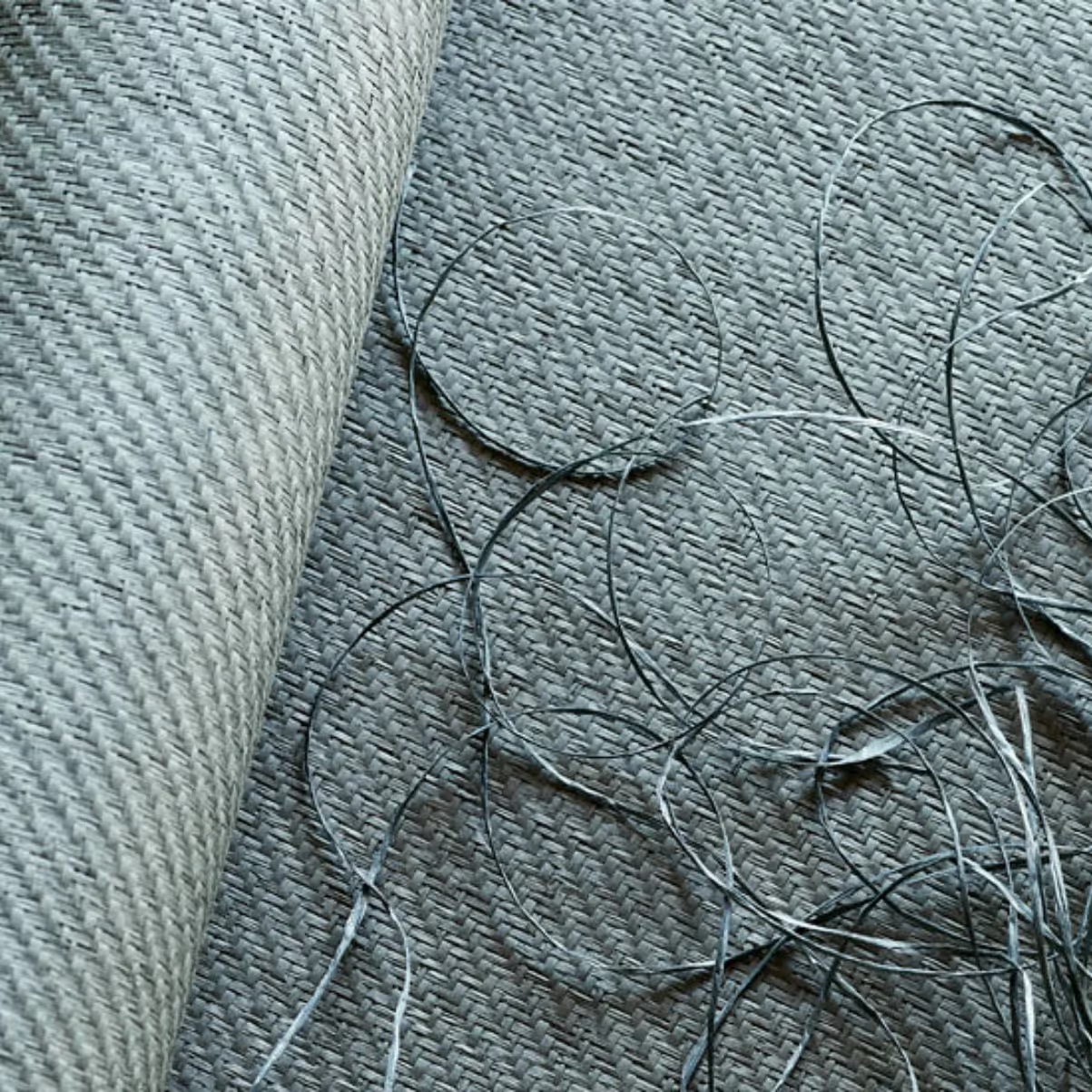
CREDIT: Mark Alexander
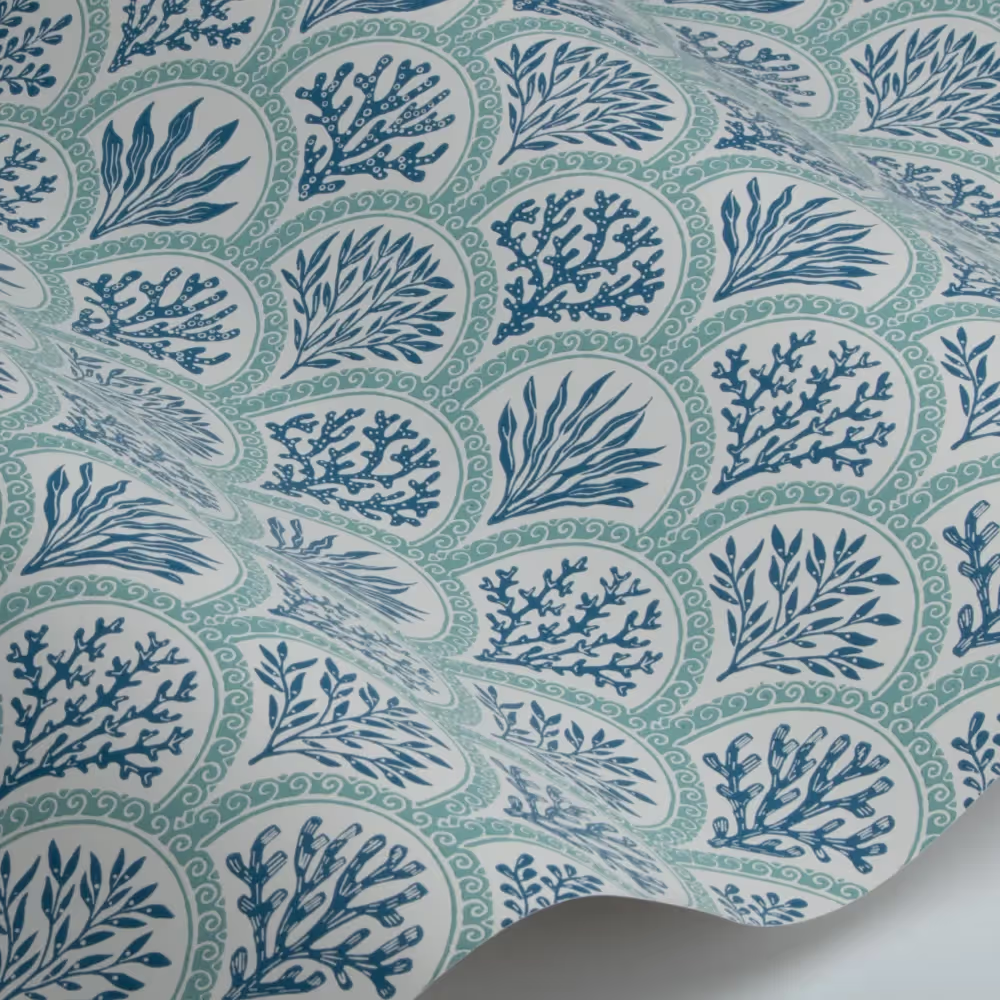
CREDIT: Jane Churchill
100% paper wallpapers have a classic matt appearance that many people desire and are often surface printed, so they have a hand blocked appearance. They tend to be manufactured in the UK or Europe, which is another bonus.
Look for wallpaper made from 100% paper pulp. These are more likely to be ‘past-the-paper’, similar to the traditional papers your parents may have hung on their walls. I’m referring to the way they are manufactured, not the patterns your parents might have had!
Some people will say paste-the-paper wallpapers are inferior in quality in comparison, but that’s down to the thickness of the paper. Cheaper brands can easily tear in the wrong hands, but better brands use a much thicker paper. Either way, a professional decorator will have no problem at all.
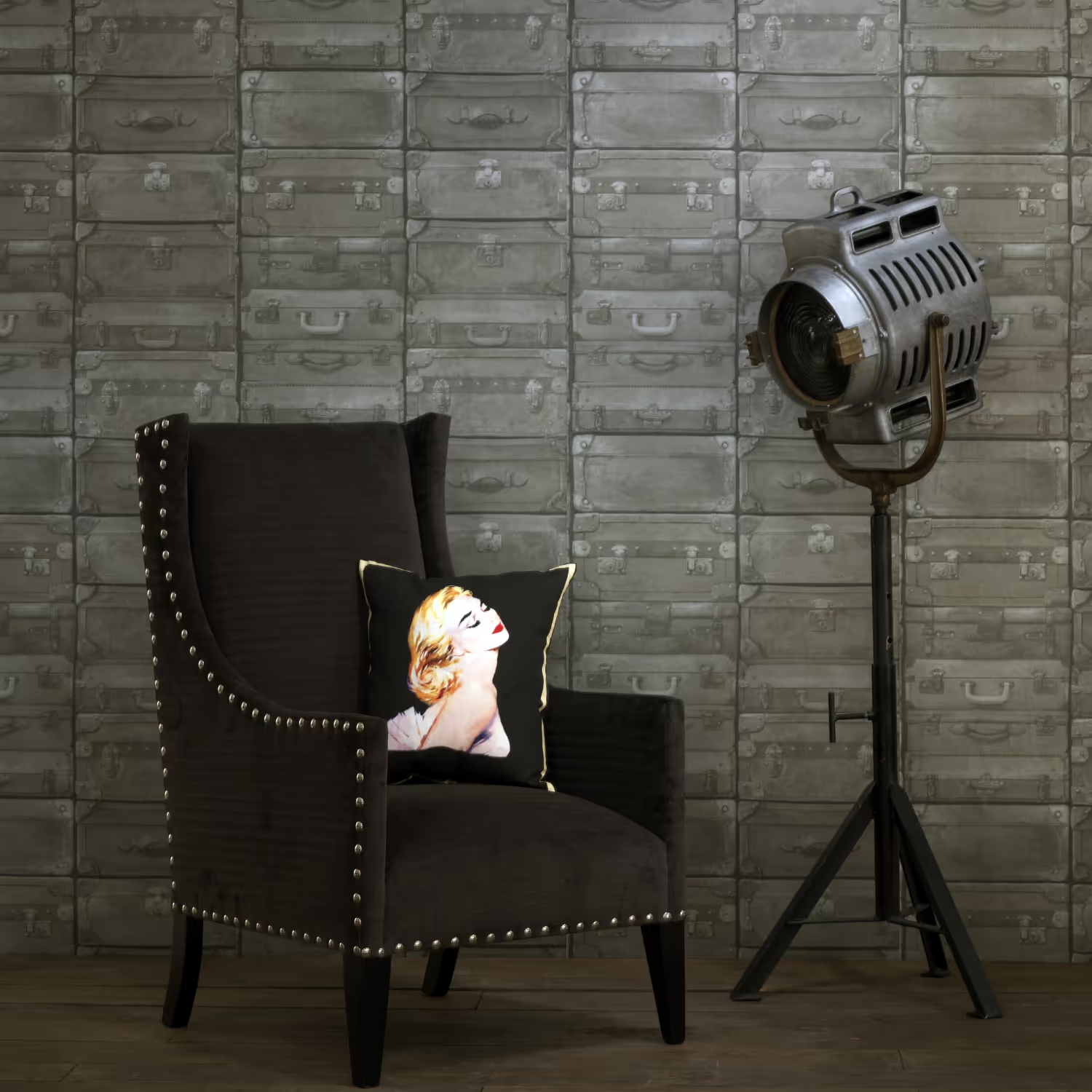
CREDIT: Andrew Martin
CREDIT: @annafosterdesign
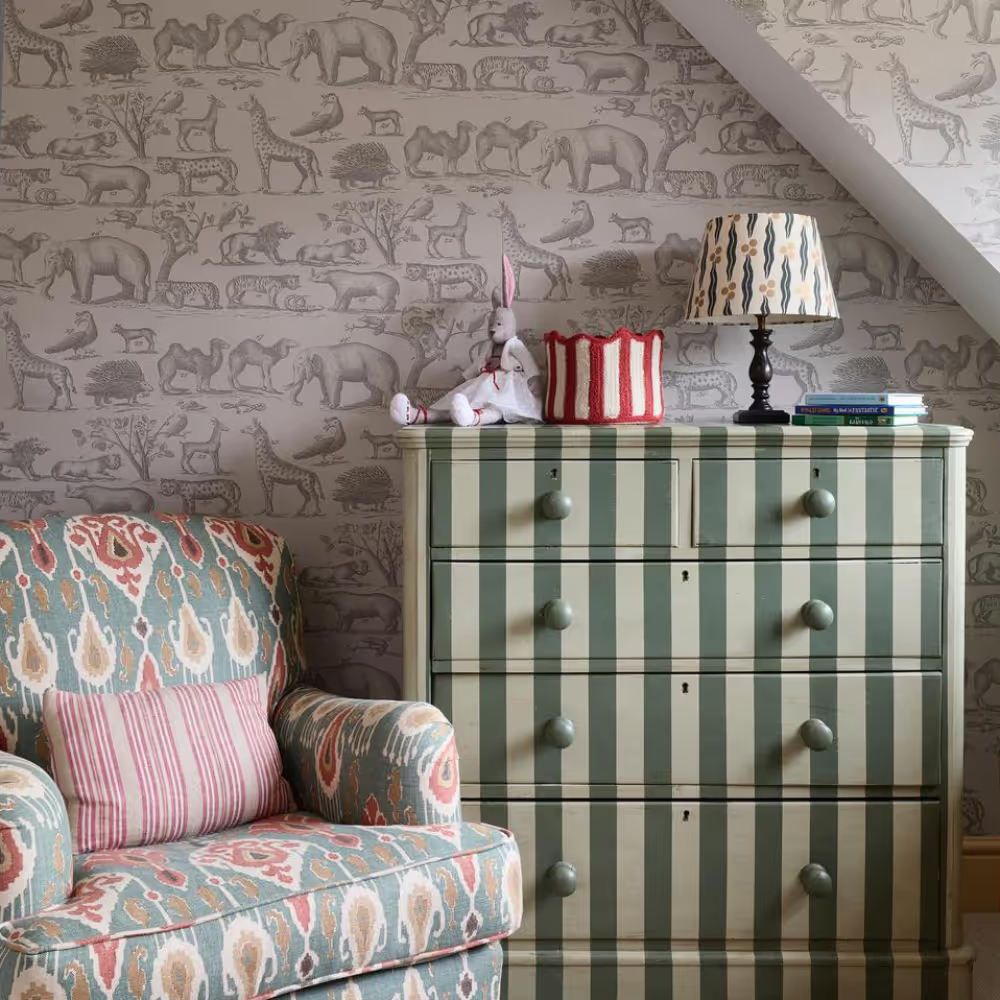

CREDIT: Colefax & Fowler
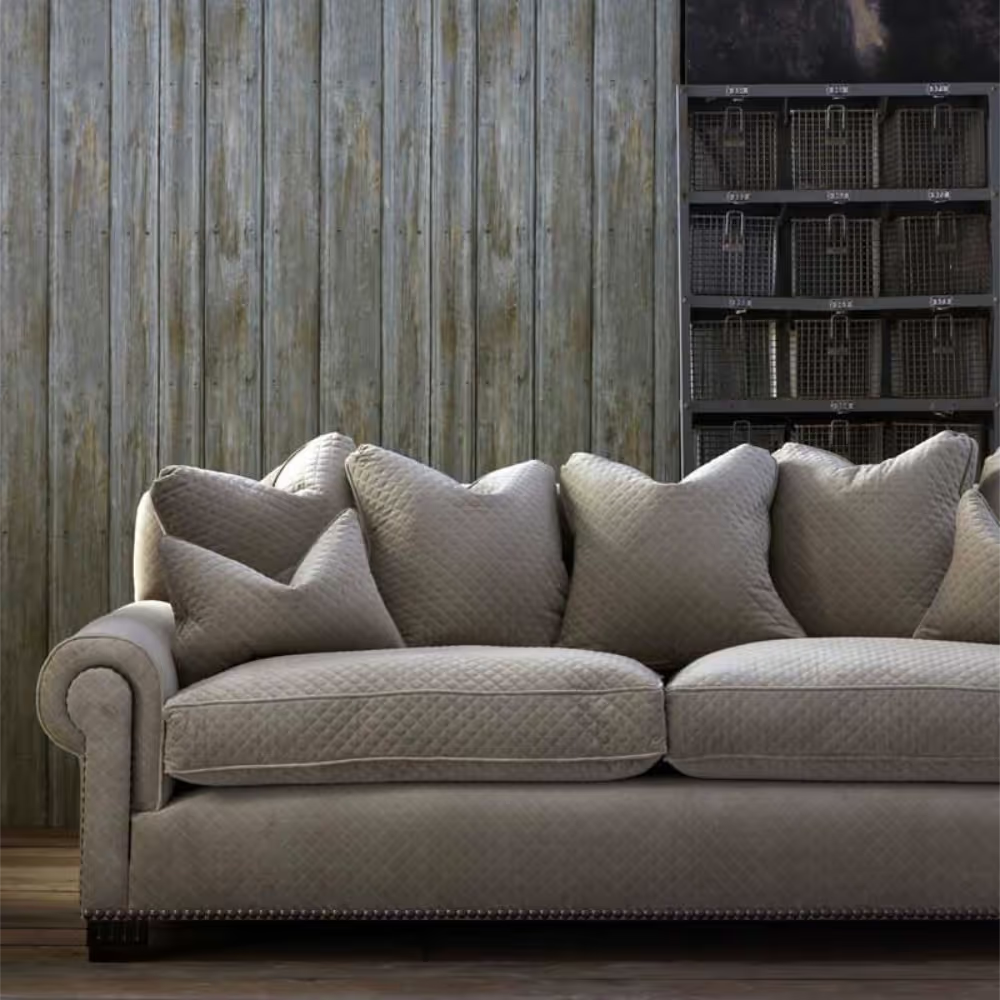
CREDIT: Andrew Martin
Cork wallpaper, a trend from the 1970s, has become popular once again with some incredible new finishes, including metallics and printed designs. Beyond its looks, cork provides excellent thermal and sound insulation, and it’s naturally anti-bacterial, hypoallergenic, and anti-static—ideal for allergy sufferers.
As a renewable resource, cork is harvested from the bark of the Cork Oak Tree, which predominantly grows in Southern Europe. The cork regrows after peeling so is very sustainable. These trees thrive in dry climates, need little water, and can live up to 200 years.
Cork wallcoverings are made by laminating thin slices of bark onto a paper backing. The process is highly skilled and labour-intensive, involving months of drying, steaming, and maturing. Each roll is hand-assembled, resulting in a unique, one-of-a-kind finish.

CREDIT: Nobilis
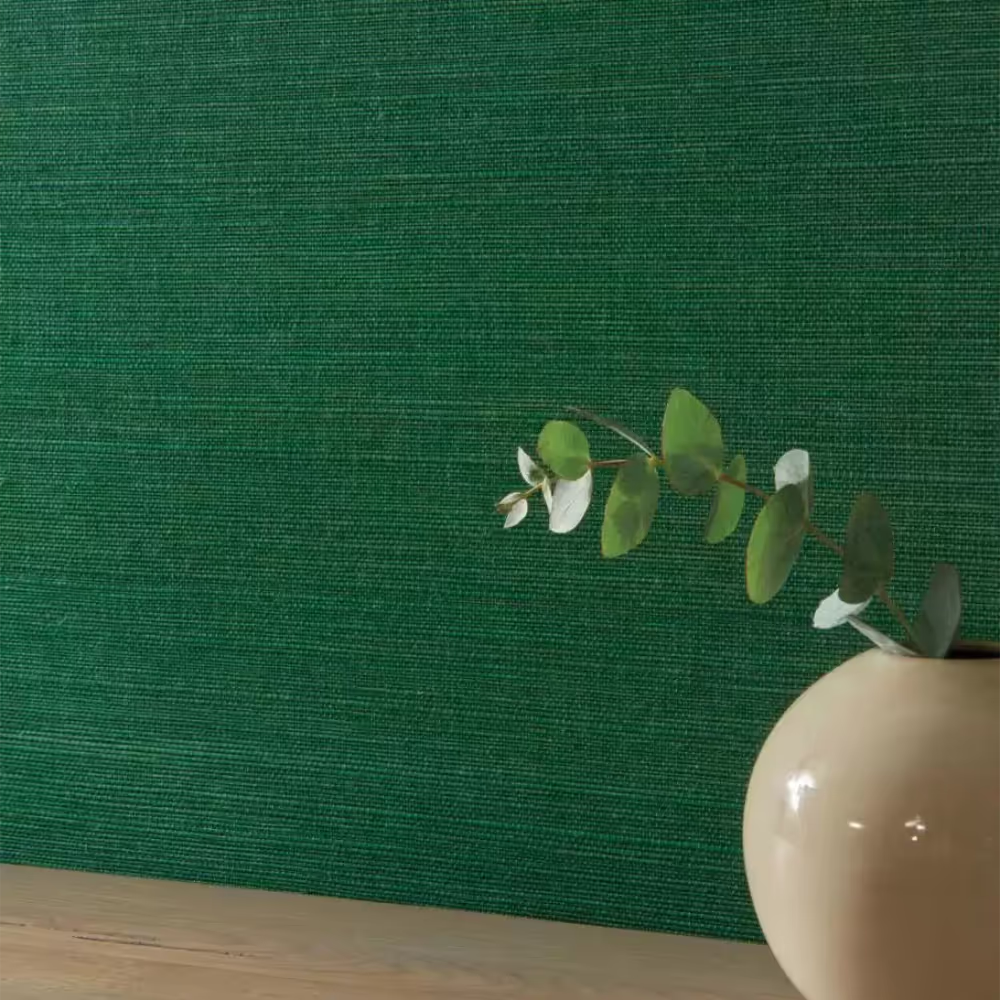
CREDIT: Osborne & Little
Grasscloth wallpaper is one of the world’s oldest wall finishes, dating back to 2nd-century China. Made from natural fibres such as grasses, hemp, jute, sisal, or reeds, they are woven with cotton yarn and applied to a paper backing. The materials are renewable, non-toxic, and require little energy to produce.
The weave creates a silk-like effect with visible joins, which are part of its charm. Still made in Asia using traditional methods, production supports local crafts and communities. When buying, look for UK-stocked papers shipped in bulk by sea, rather than air-freighted.
Grasscloth is breathable, available in many colours, and its textured surface helps disguise minor wall imperfections. It usually requires an experienced hand to hang.
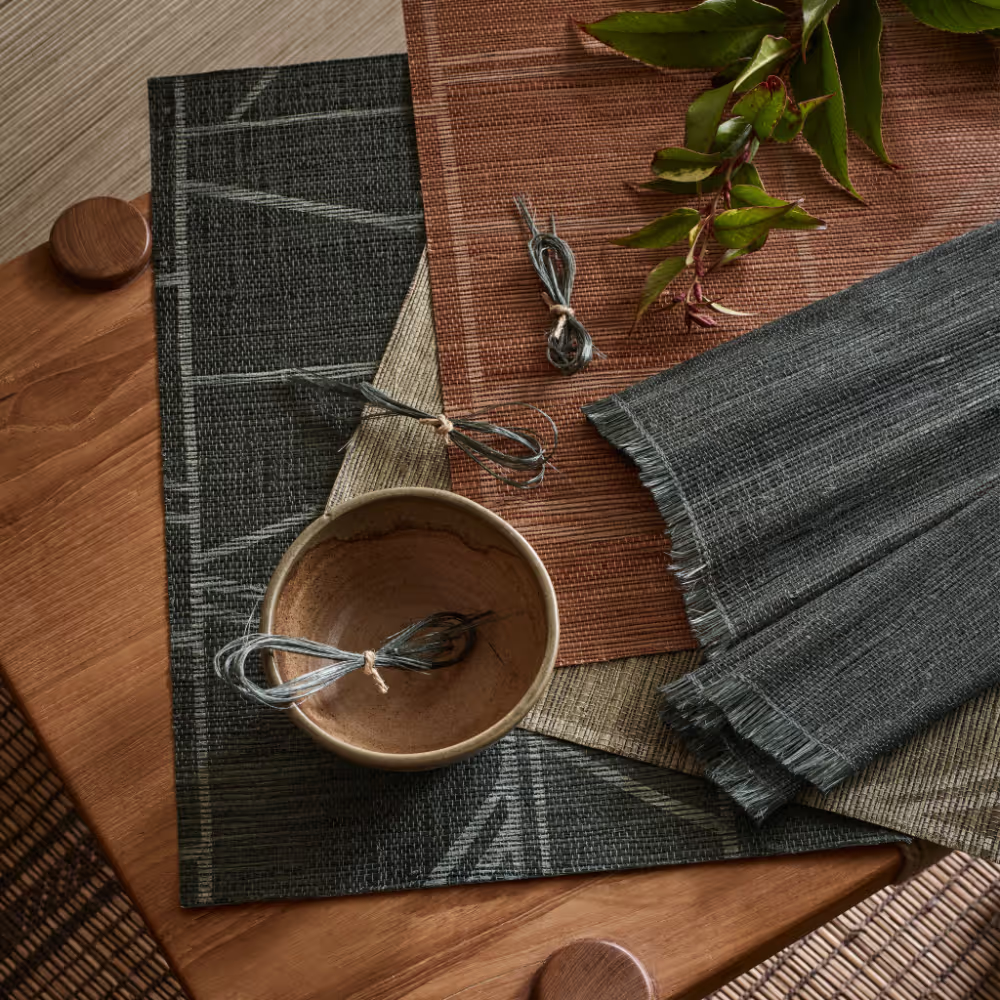
CREDIT: Mark Alexander
CREDIT: Mark Alexander
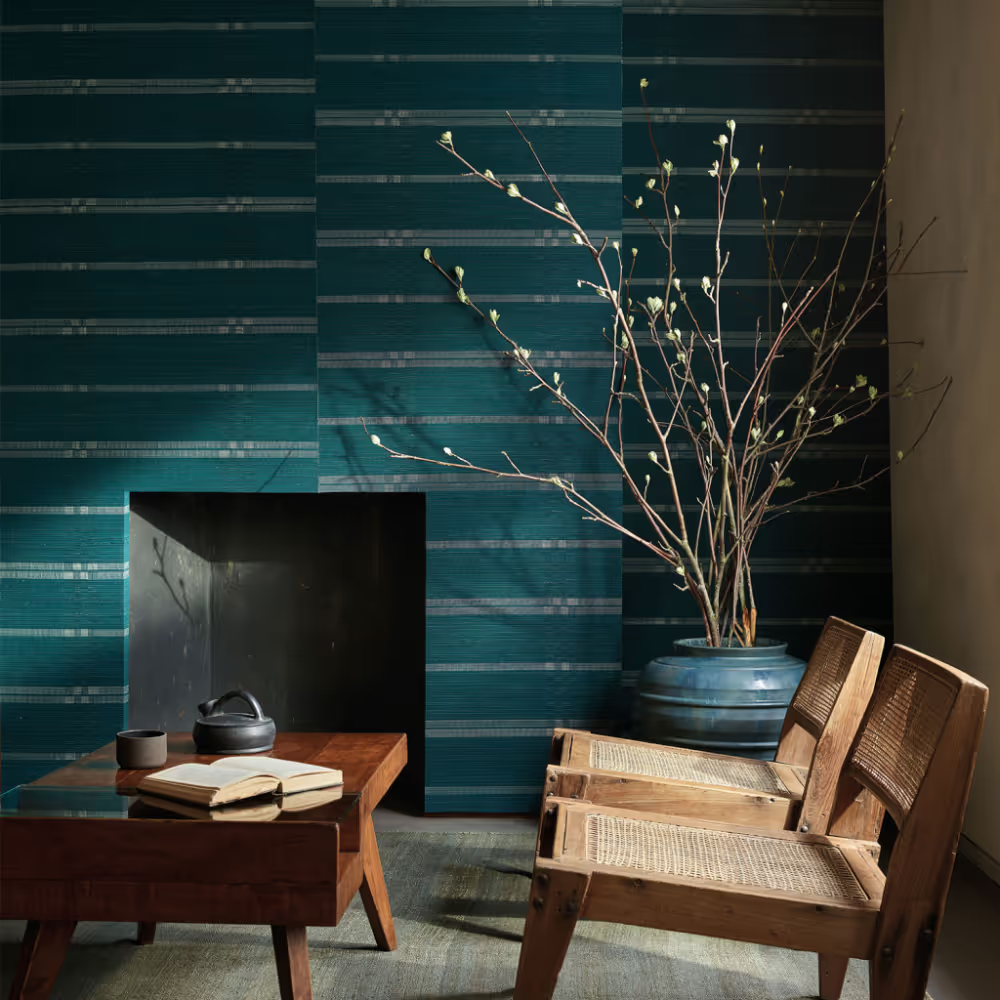

CREDIT: Mark Alexander
Once you have chosen your eco-friendly wallpaper, you obviously need to buy the right paste.
Eco-friendly wallpaper paste is available ready-mixed, or in powder form. However, my advice is the latter as it’s quick and easy to mix and is the most eco-friendly and economical option.
You simply mix what you need in water, keeping the remaining powder to use another time. Great when you’re only hanging 3 rolls for a feature wall.
Earthborn make a water soluble wallpaper paste that is both acrylic and solvent free. It is made from non-toxic, non-allergenic methyl cellulose and is also free from fungicides, preservatives and synthetic resins. Its excellent adhesive properties are not disadvantaged by its purity. Earthborn Wallpaper Paste makes a great job of any wallpaper, including heavily textured and fabric wall coverings.
Auro make Wallpaper Paste No 389. Aimed at DIYers and professionals, their biocide-free paste makes easy wallpapering of both thin and heavy material types. Just mix the powder made of pure methyl cellulose with water.
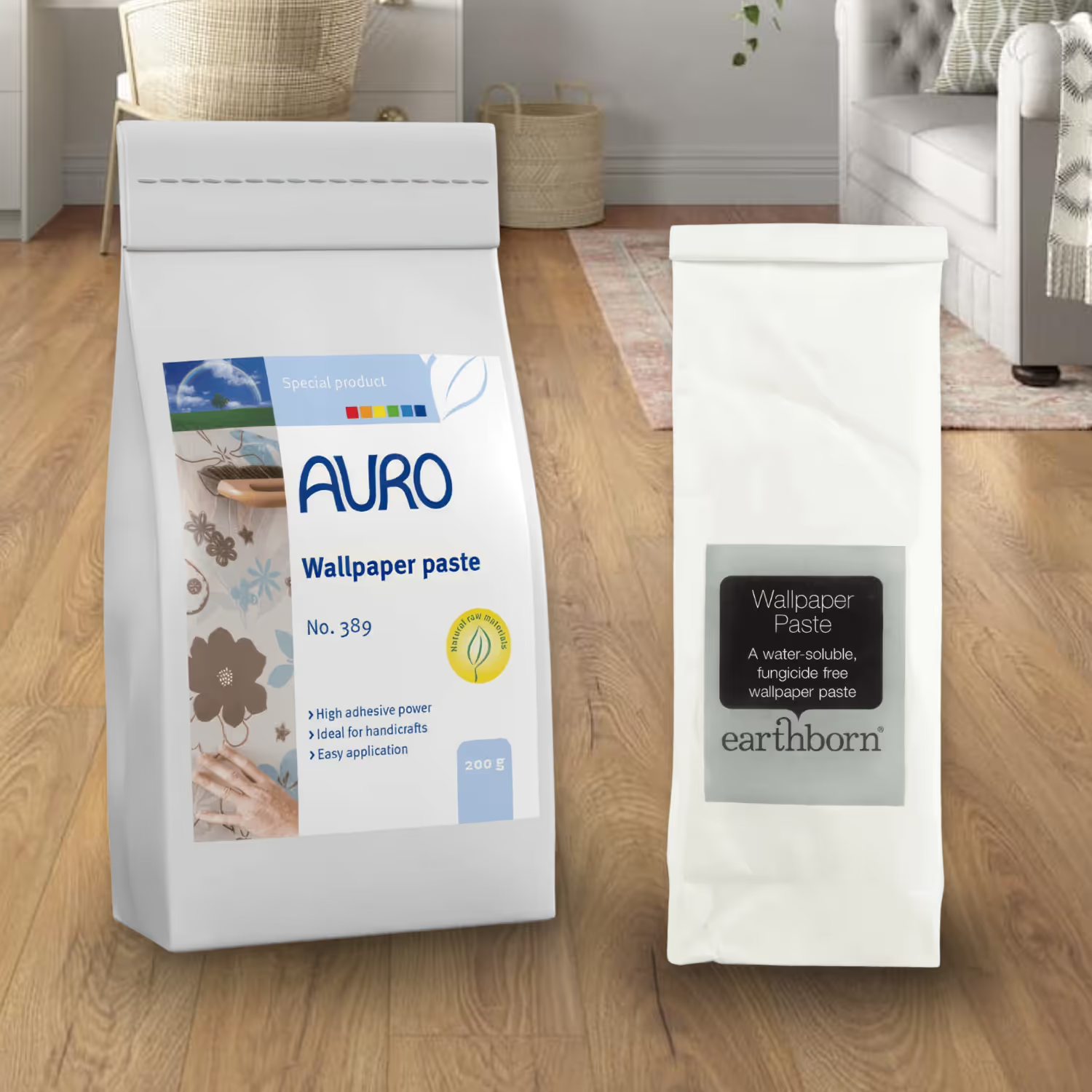
CREDIT: Ziboh Interiors
My advice is, when it comes to buying wallpaper, double and triple check what you are purchasing. If it's 'paste-the-wall' you can pretty much guarantee it contains plastics. Don't be caught out when it says wallpaper. Ask the seller EXACTLY what it's made from. Shop wisely.